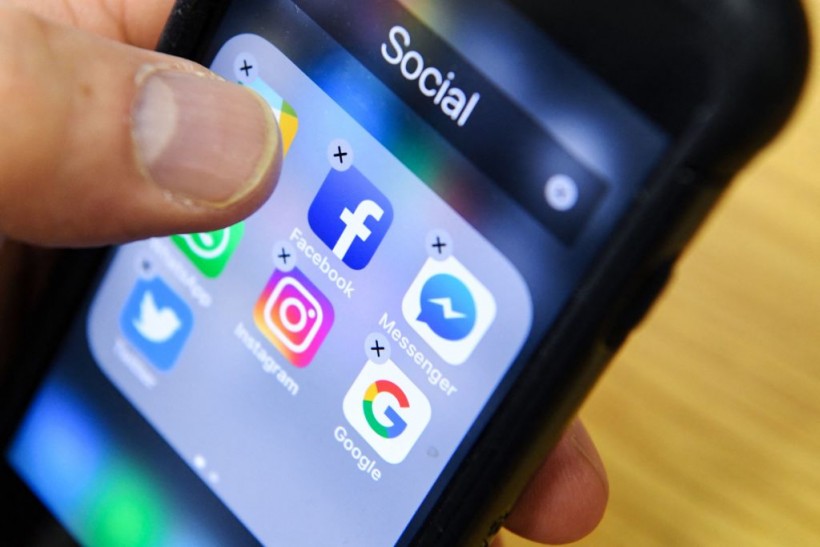A recent study led by Harvard T.H. Chan School of Public Health unearthed a staggering financial reality: major social media platforms in the United States pocketed an eye-watering $11 billion in advertising revenue from under-18 users through 2022.
This study, recently published in PLOS ONE, provides a critical glimpse into the impact of these platforms on the younger demographic.

Social Media Giants Big Pay Day from Young Users
The research looked into the revenue generated by six giant social media platforms from users under 18: Facebook, Instagram, Snapchat, TikTok, X (formerly Twitter), and YouTube.
Surprisingly, the report revealed that this demographic contributed significantly to the coffers of these platforms, with a total ad revenue figure of $11 billion in just one year.
YouTube emerged as the platform with the largest under-18 user base, with 49.7 million young users in the United States. TikTok came in second with 18.9 million users, while Snapchat, Instagram, Facebook, and X had 18 million, 16.7 million, 9.9 million, and 7 million users, respectively.
The study delves deeper into the financial windfall, highlighting the revenue breakdown across age groups. YouTube captured the lion's share of ad revenue from users aged 12 and under, amassing $959.1 million.
On the other hand, Instagram emerged as the revenue champion among 13-17-year-old users, earning a whopping $4 billion. TikTok also significantly increased in the same age group, amassing $2 billion.
Read Also: Burger King Debuts' Hangover Whopper,' Facial Recognition that Gives Coupons to Flushed Customers
Effects on Young Social Media Users
However, amid these financial triumphs lies a concerning undercurrent. Senior author Bryn Austin, a professor in the Department of Social and Behavioral Sciences at Harvard, expressed growing apprehension over the impact of social media practices on youth mental health.
Austin emphasized that despite mounting concerns about the adverse effects of these platforms on young individuals, substantial financial incentives motivate these platforms to delay meaningful steps to protect children.
"Although social media platforms may claim that they can self-regulate their practices to reduce the harms to young people, they have yet to do so, and our study suggests they have overwhelming financial incentives to continue to delay taking meaningful steps to protect children," Austin said.
Take Note
The study, relying on public survey and market research data from 2021 and 2022, encountered limitations due to the absence of user age and advertising revenue data from the platforms.
Lead author Amanda Raffoul, an instructor in pediatrics at Harvard Medical School, underscored the necessity for greater transparency from social media giants and regulatory measures to shield vulnerable young users from potential harm.
Researchers advocated for data transparency and stringent regulations, highlighting the challenges posed by the lack of public disclosure regarding user data and advertising revenue.
They stressed the urgency to safeguard the well-being of young users who might be susceptible to negative mental health outcomes while utilizing these platforms.
Stay posted here at Tech Times.
Related Article: Experts Warn AI Misinformation May Get Worse These Upcoming Elections






